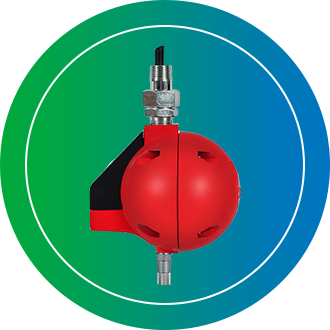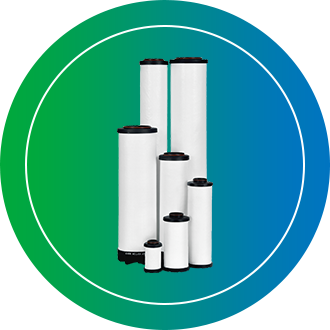The main types of compressed air dryers are refrigerated, desiccant, and membrane dryers. Refrigerated dryers cool the air to condense moisture, desiccant dryers use a material to adsorb moisture, and membrane dryers use a semi-permeable membrane to separate and remove moisture.
Refrigerated air dryers
How they work: Cool the compressed air to a low temperature, causing moisture to condense out as liquid water.
Variations: Include both cycling and non-cycling models.
Desiccant air dryers
How they work: Use a desiccant material to absorb moisture and contaminants from the air.
Variations: Different regeneration methods include:
Heatless: Use a portion of the dried air to regenerate the desiccant.
Externally heated: Use external heat for regeneration.
Blower purge: Use a blower to regenerate the desiccant and are more energy-efficient.
Heat of compression: Use the heat generated during the compression process to regenerate the desiccant.
Membrane air dryers
How they work: Use a semi-permeable membrane to separate moisture from the compressed air.
Key feature: They have no moving parts and do not require an external power source to operate.







